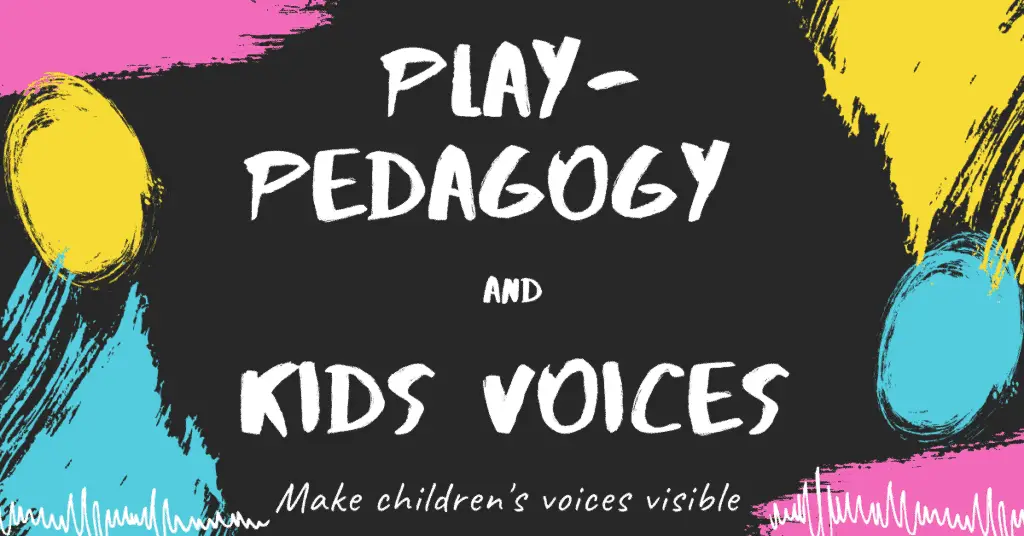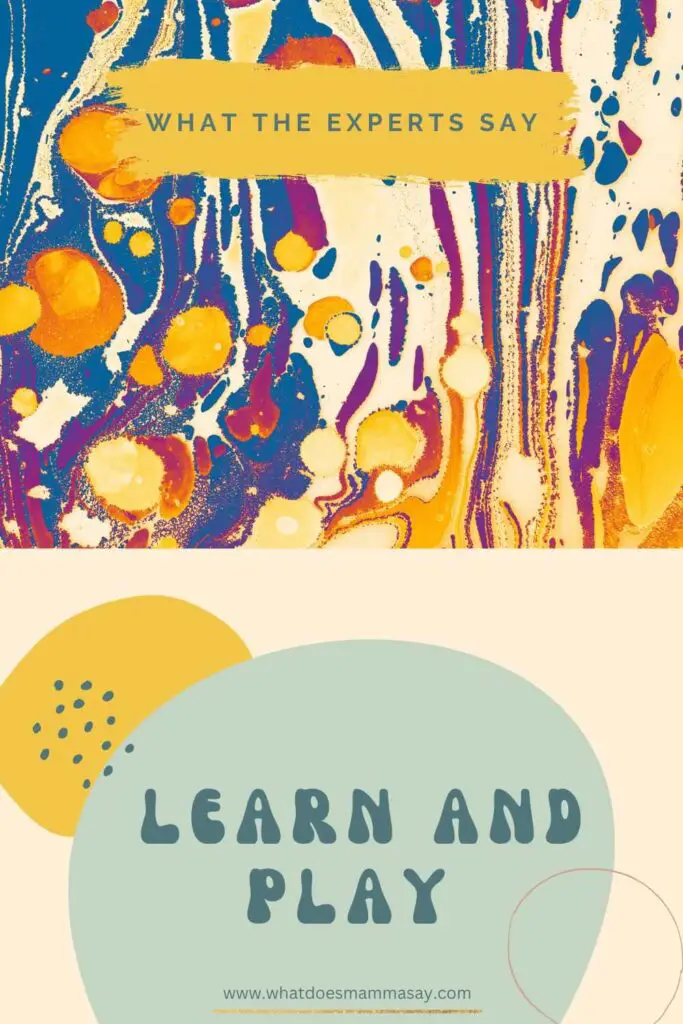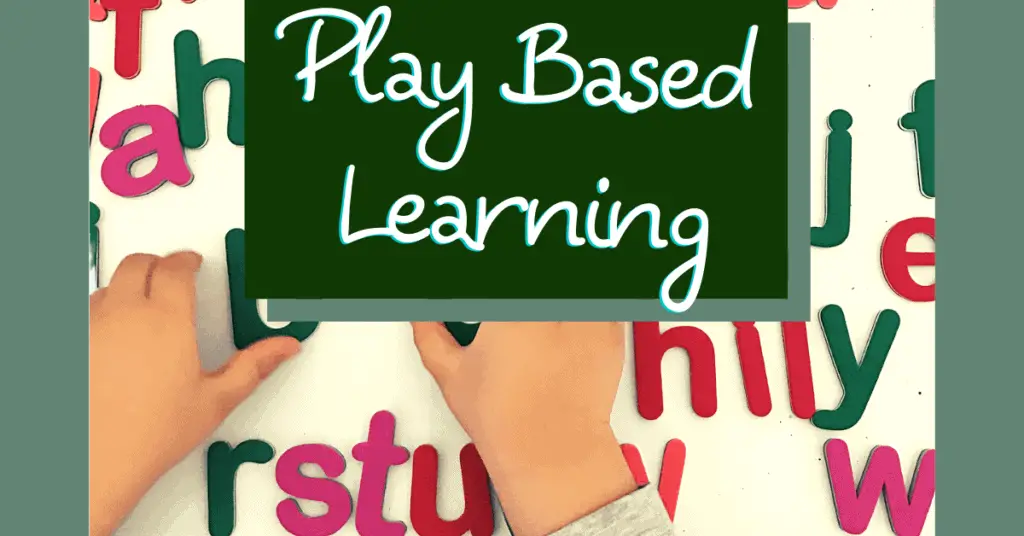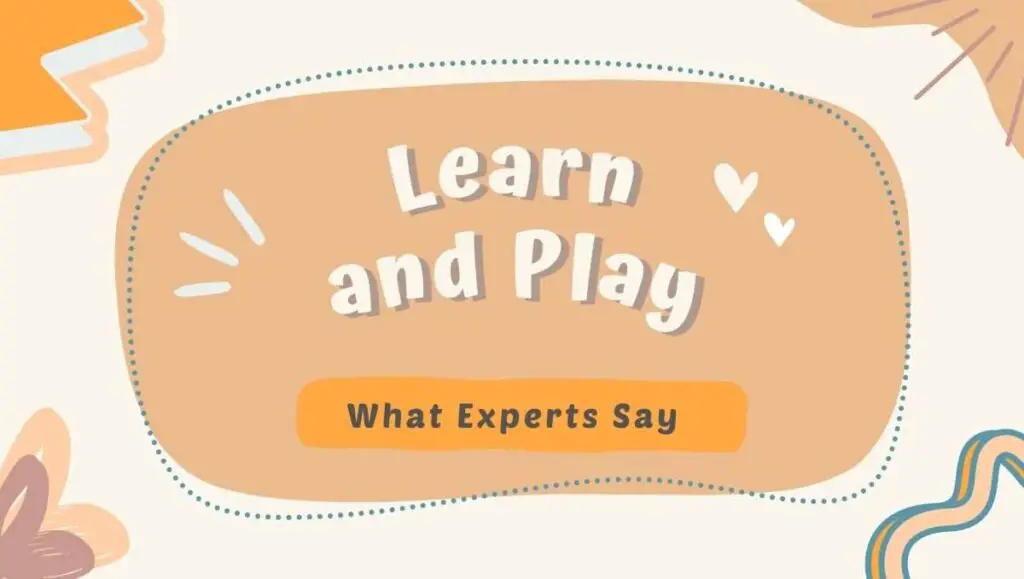Psychology has had a major influence on how play is perceived today, most notably in educational settings. The field of psychology influenced the field of child development by offering facts and information about what is normal child development, and implicitly influencing pedagogy1. Cognitive and social theories of play assume superiority over other theories known and used in early childhood settings in most European communities2. These laid the foundation for the ages and stages view of play that resulted in the ‘developmentally appropriate practice guidelines”3 . Hall and Piaget’s theories of stages of development became linked to the concept of readiness seen in schools today, most notably evident in the UK national curriculum framework4.
Without rejecting the stages concept of play, John Dewey (1910, 1916) adopted a more introspective view of the child, and placed play in a socio-cultural context. He focused on the impact of freely chosen playful activities on children’s learning5. Dewey posited that a school that restricts a learner’s freedom of thought will impact both intellectual and moral development. He was of the opinion that schools must create an environment in which play and work could support mental and moral growth6. He also believed in the power of experiential learning through free play alongside a teacher. For Dewey, it was important that teachers find a middle ground to take advantage of play and prepare children for a democratic society by allowing them to explore and inquire, make mistakes, be curious and creative.

Much like Dewey, Vygotsky reconceptualized Pigetian developmental theories into socio-cultural and cultural-historical approaches to play and learning. He looked at play as a means of developing higher mental functioning, ‘in play it is as though (the child) were a head taller than himself’7 and recognized children’s agency in play8. Through play, children consciously understand everyday concepts, placing themselves in imaginary situations with rules. However, he argues that in order to understand children’s development through play we must first understand the social contexts in which children play. In a socio-cultural framework, ‘everything that happens around the child influences learning and development’9.
Before conceptualizing play in a post-developmental framework of learning, two concepts must be first addressed, namely learning and development. Vygotsky argued that prior theories of learning either considered child development as independent of learning or envisaged learning as development, ‘coinciding at all points’10 . Vygotsky looked at the relationship between learning and development and saw them in a complex interaction, ‘interrelated from the child’s first day of life’11 . He opined that learning occurs in advance of development and he conceptualized this through ‘the zone of proximal development’ (ZPD)12.
In ZPD, under guidance from more experienced others, a child can reach his potential development, being led to that which he or she cannot yet do. This concept of social and cultural interaction, with learning at its core, ‘awakens a variety of internal developmental processes that are able to operate only when the child is interacting with people in his environment and in cooperation with his peers’13.
Within this complex landscape of learning and development, play becomes a relational activity, culturally and socially placed, a theory vastly supported by literature and research, most notably starting with the 1970s14. Socio-cultural theories move away from individual development and place focus on social characteristics, bringing into discussion children’s agency and power, as well as control15 . These concepts serve as driving forces for play, because they reflect children’s intrinsic motivation and give them the possibility to take control in a world of adults16. Within a socio-cultural framework, play is seen an integral part of how humans learn and interact ‘across generations, cultures and contexts’17. Other researchers also emphasises the importance of using socio-cultural theories in order to understand children’s actions through observations and joint interpretations.

A social-cultural view of children and learning does not perceive steps of development, but rather dynamic and rich relationships and experiences, linked, and centred on cultural and individual needs18. It was argued that socially and culturally constructed approaches to teaching can embrace diversity in learning19, complexities which previous theories of learning have failed to address.
When starting school children ‘bring their own cultural heritages, languages and identities into the early years settings as their primary reference points’20. One way in which the individual identities of children could be valued in the classroom is by using an ’emergent responsive approach’21 to teaching in order to help all children give voice to their unique cultural practices and meanings. This emergent responsive approach is the opposite of a directive transmission approach that focuses on pre-approved forms of knowledge and sees children as ‘homogenised and normalised’22.
In an emergent responsive approach to teaching ‘integrated pedagogical approaches’23 are used. Think about it as a relational pedagogy in which children are active agents and co-construct knowledge in relation with others. Integrated pedagogical approaches involve a flexible and dynamic relationship of adults planning with children, observing and documenting their activities.
This approach looks at practitioners as reflective, in constant dialogue about children’s learning so that they can identify and plan around children’s interests and activities. Thus, teaching and learning imply co-constructing knowledge rather than ‘consolidating growth in intelligence’24 or ‘providing the right kind of facts’25. By becoming ‘fine-tuned’26 to their children’s dispositions, motivations and interests, practitioners engage in ‘a pedagogy of listening’27, a relationship that requires time and space for teachers and learners to engage in meaningful ways.
Practitioners need to work with researchers in order to analyse their practices but also their impact on learning. Because ‘the material resources, activities, social interactions and how the environments are planned’28 all define children’s learning, practitioners should take all these into consideration when reflecting on their practices.
They need to consider how to organize the learning spaces so that they ‘maximize the contribution of play to children’s learning and understanding’29. Further exploring on the relation between play and learning, research claims that when children see an activity as play, learning is amplified30. Moreover, freely chosen play activities offer ‘the best opportunities for adults to extend children’s thinking’31 .

A socio-cultural perspective of learning helps us become aware of this variety of factors that mediate learning, identified as being: cultural beliefs, community, family, relationships with school and peers32. Moreover, it helps us understand that a child’s achievement can only be described in relationship with larger cultural contexts33.
Home learning environments have a strong educational impact well beyond early years34. Therefore, it is necessary to find the means to connect different discourse communities if we want all children’s learning to be valued. Creating third spaces, a physical space for schools and homes to meet, was proposed by research35. By bringing different discourses into conversation, the third space can become a place of change, of reshaping the academic view of the child and our knowledge of children’s everyday lives. To learn more about how effective learning occurs, read our article on teaching approaches.
Understanding how children learn and develop within various socio-cultural contexts requires ‘a great deal of ethnography’36. A study on reading practices in school-oriented families and poor communities reiterates the need to look at socio-cultural contexts of learning. The paper calls for examination ‘unilinear models’37 of child development and urges us to expand our understanding of children beyond the classroom and look at how children learn in their home environments, but also in the larger context of community.
References
1. Bloch, 1991
2. Fleer, 2009
3. Pramling-Samuelsson & Pramling, 2014:171
4. Dahlberg, Moss & Pence, 2013; Soler & Miller, 2013
5. Bergen,2014
6. Dewey, 1916
7. Vygotsky, 1966:16
8. Wood, 2014
9. Wood, 2005:90-117
10. Vygotsky, 1978:81
11. Vygotsky, 1978: 84
12. Vygotsky, 1978: 86
13. Vygotsky, 1978: 90
14. Bruner, 1974; Broadhead, 2004, 2010; Wood, 2005, 2010; Brooker 2010, 2014
15. Broadhead et al., 2010
16. Wood, 2005
17. Broadhead et al., 2010:19
18. Carr and May, 1996
19. Moore, 2012
20. Brooker, 2010:169
21. Wood, 2010:23
22. Wood, 2010:22
23. Wood, 2010:21
24. Rubin & Pepler, 1982:294
25. Spencer, 1861: 114
26. Broadhead et al., 2010:45
27. Dahlberg & Moss, 2005:98
28. Siraj-Blatchford, 2010:2
29. Broadhead 2004:34
30. Broadhead, 2010
31. Siraj-Blatchford, 2010:158
32. Brooker, 2002
33. Goncu & Gaskins, 2012
34. Siraj- Blatchford, 2010
35. Levy, 2008
36. Hymes, 1973:74 in Brice-Heath, 1982
37. Brice-Heath, 1982:49

Hi there! We are Cristina and Monica, moms, teachers and friends. Read more about us and our mission here.


Thank you for sharing this very informative and substantial article. As students go into their classrooms, they bring with them the culture and learnings they acquired even from outside the four walls. I agree that it is also the instructor’s role to stitch these together in a way that will be appreciated by the whole class.